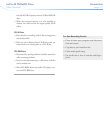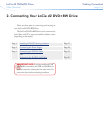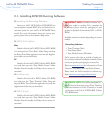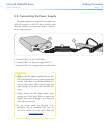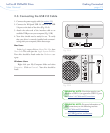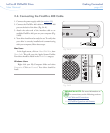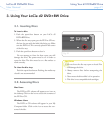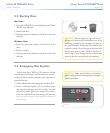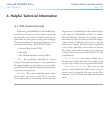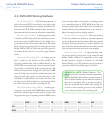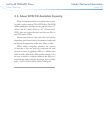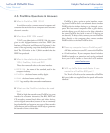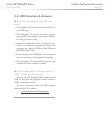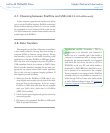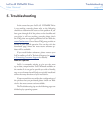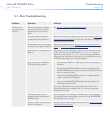
LaCie d2 DVD±RW Drive
User Manual
page 23
Helpful Technical Information
4. Helpful Technical Information
When writing DVD±R/RW and CD-R/RW discs,
you will have the option to assign the disc a particular
file format (the way in which a computer names and or-
ganizes files for storage and to manage data exchange).
ere are essentially three file system formats to be con-
cerned with when using a LaCie DVD/CD Drive:
Universal Disk Format (UDF)
ISO 9660
Mac OS Extended (also known as HFS+)
UDF - is specification, developed by Optical
Storage Technologies Association, is the predominant
file system that allows compatibility across various Blu-
ray, DVD and CD applications, hardware platforms and
computer operating systems.
ISO 9660 - is is the standard file system which
allows media to be read on a Mac, PC or other ma-
jor computer platform. Published by the International
❖
❖
❖
Organization of Standardization, this standard defines
a file system for DVD-ROM and CDs. It supports
Microsoft Windows, Mac OS and operating systems
that follow the Unix specification, but doesn’t support
custom features of Mac file systems such as long file
names or icon options. Microsoft created an extension
to the format, called Joliet, which allows for Unicode
file character names and file names up to 64 characters
in length (twice as many as the ISO 9660 Level 2 and
3 specifications).
Mac OS Extended - Also known as HFS+, this is
the file system used by Macintosh. If you will be using
your disc only on Macs, this is the preferred file format.
Hybrid discs (Mac & PC) - Mac users can also
choose to create hybrid discs which contain two par-
titions: one to be viewed by Mac users, one by Win-
dows users. Toast 7 Titanium does allow this file system
choice.
4.1. File System Formats



